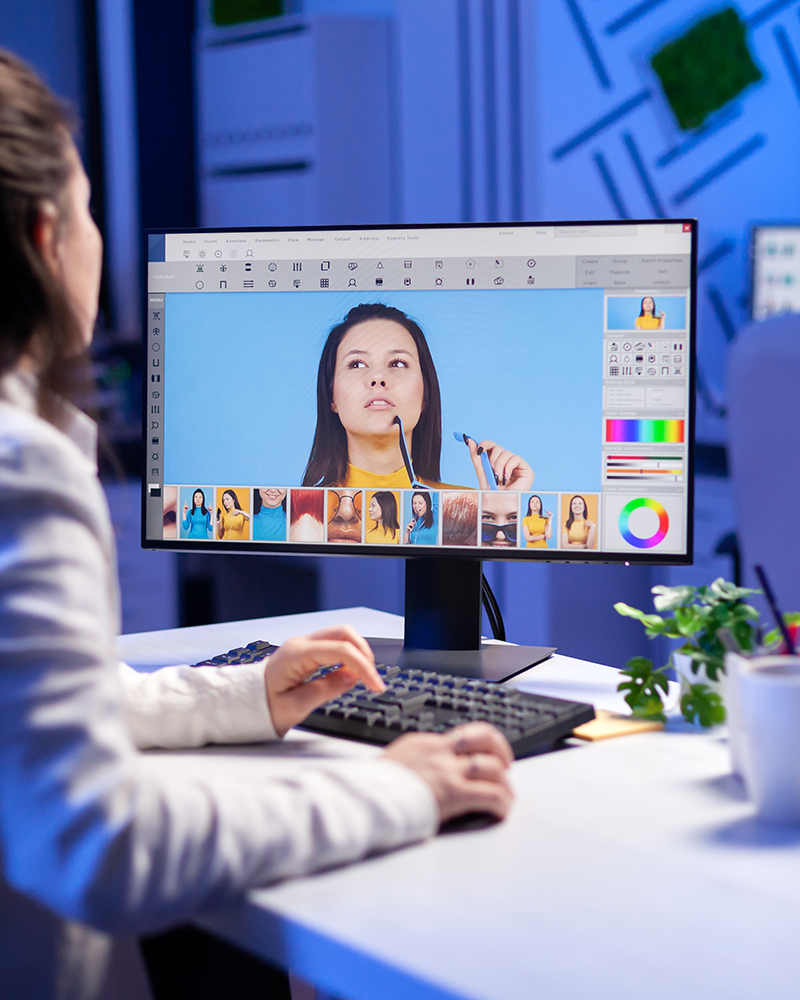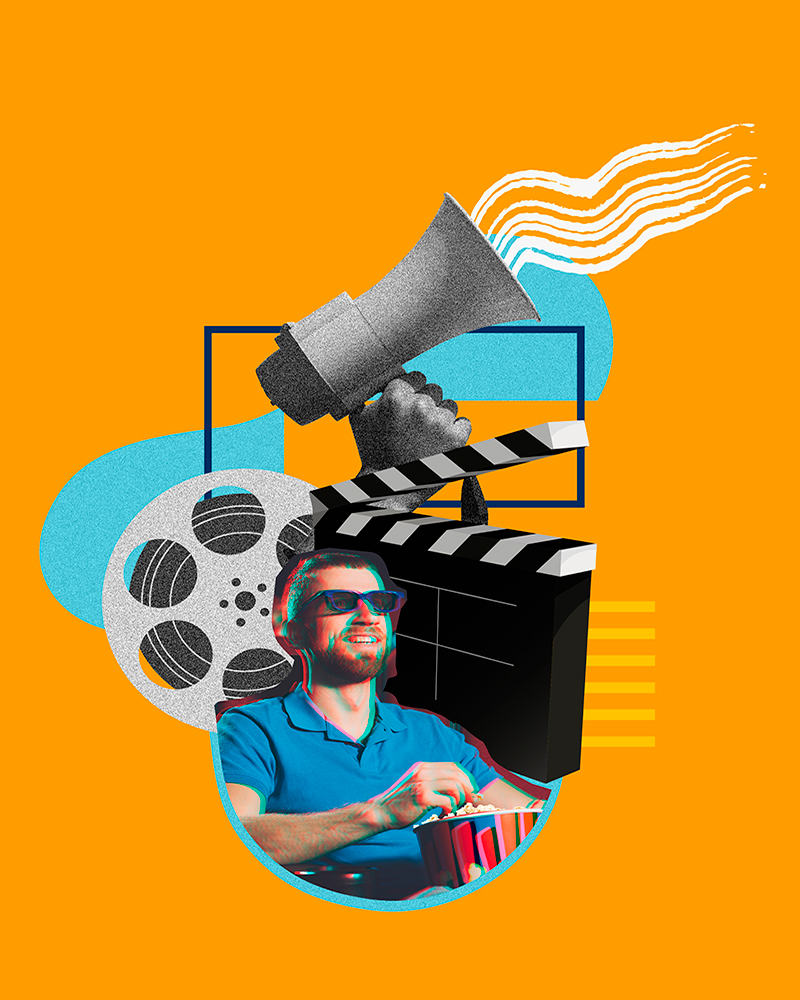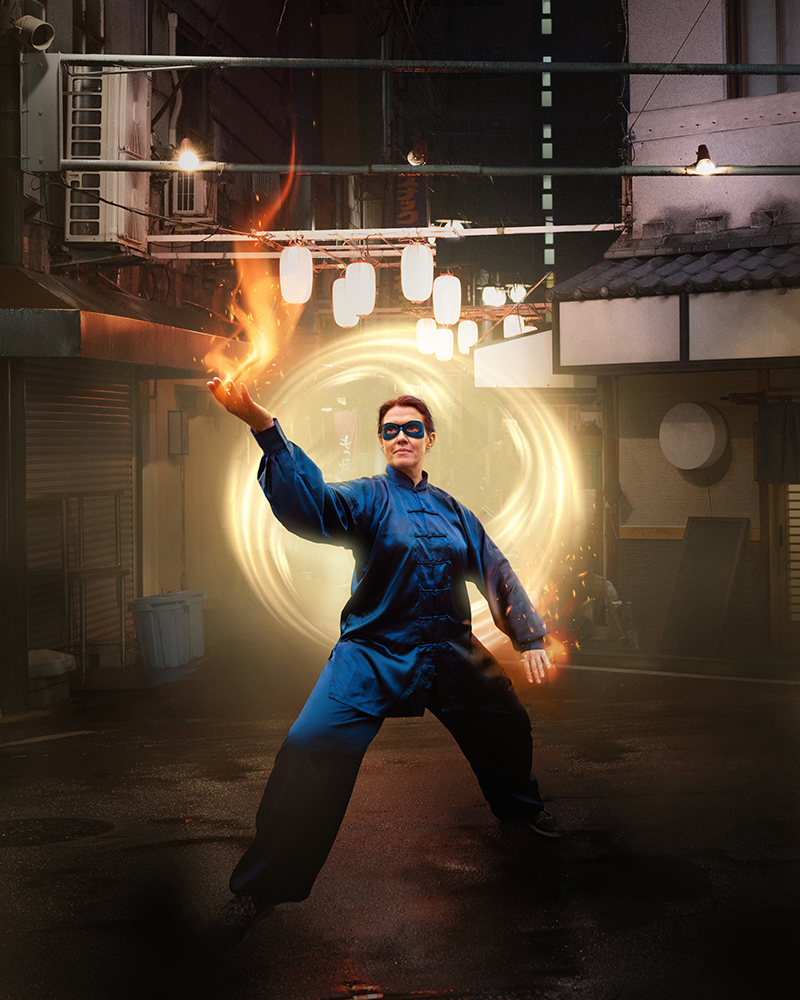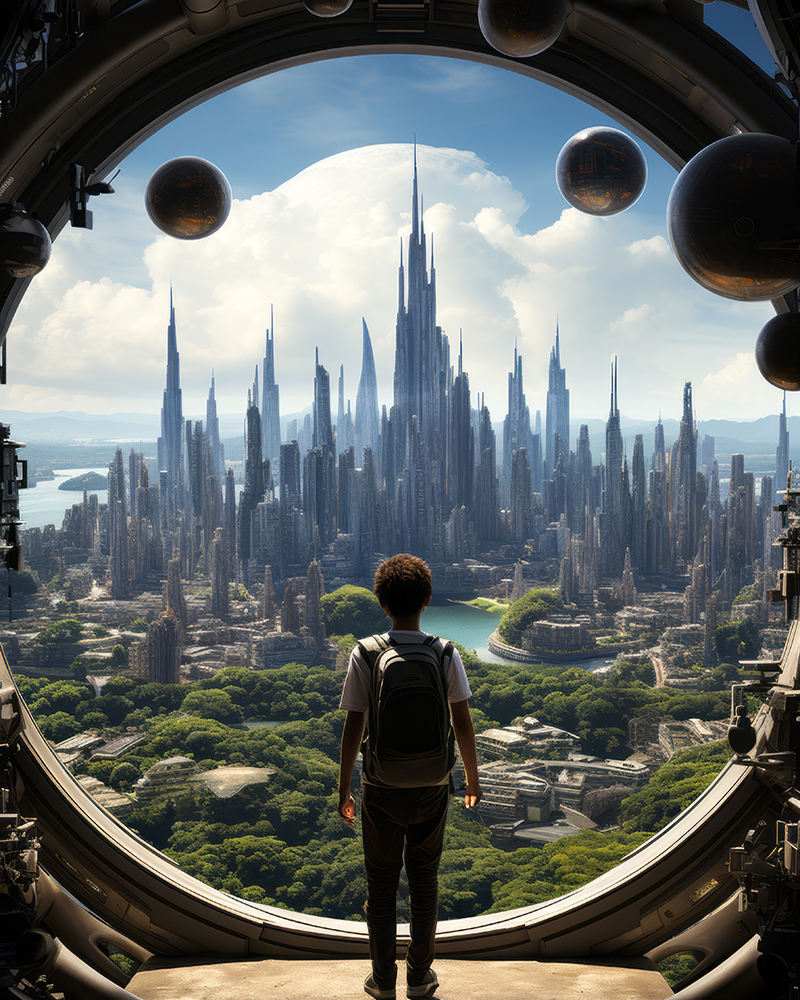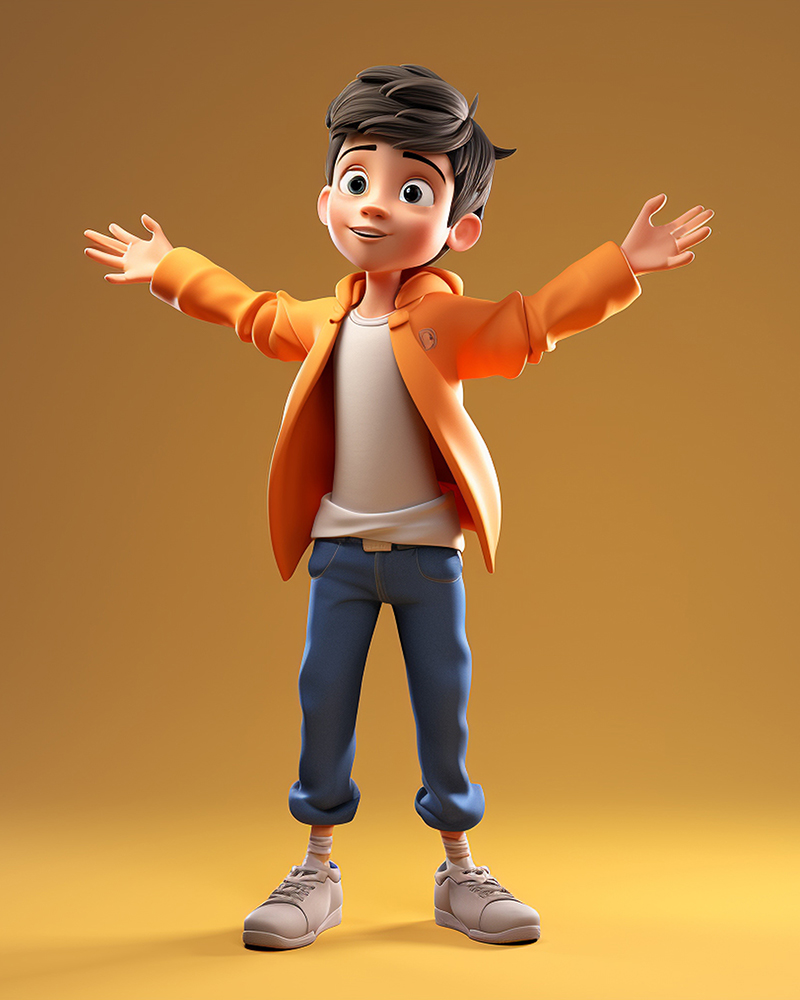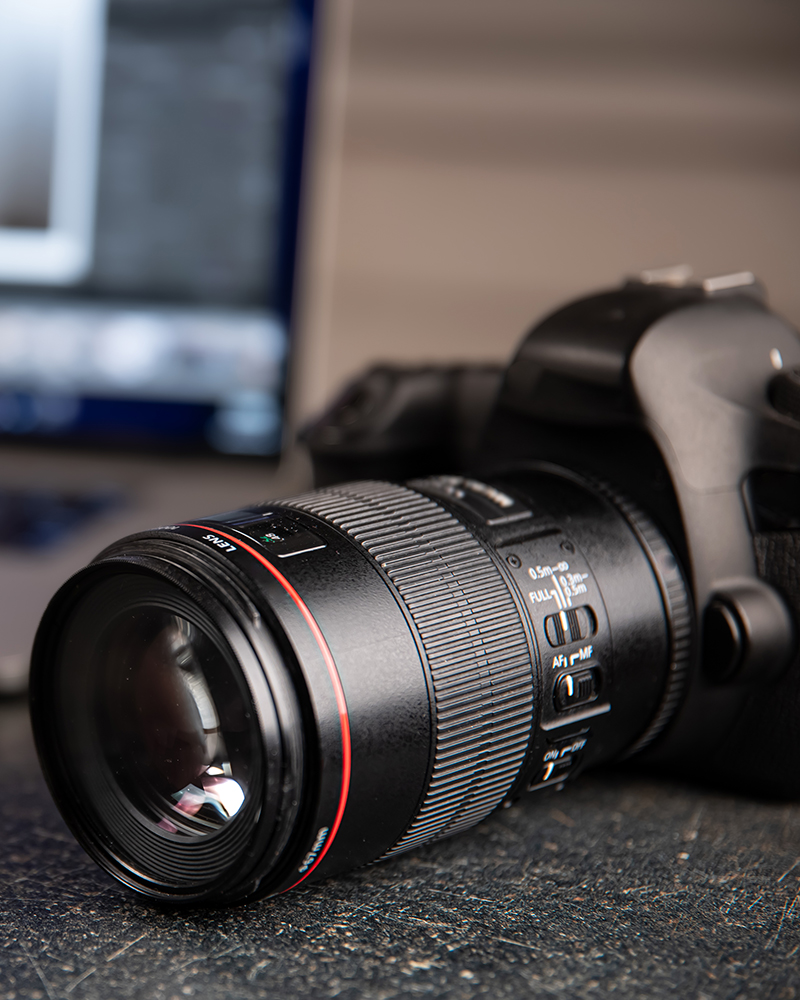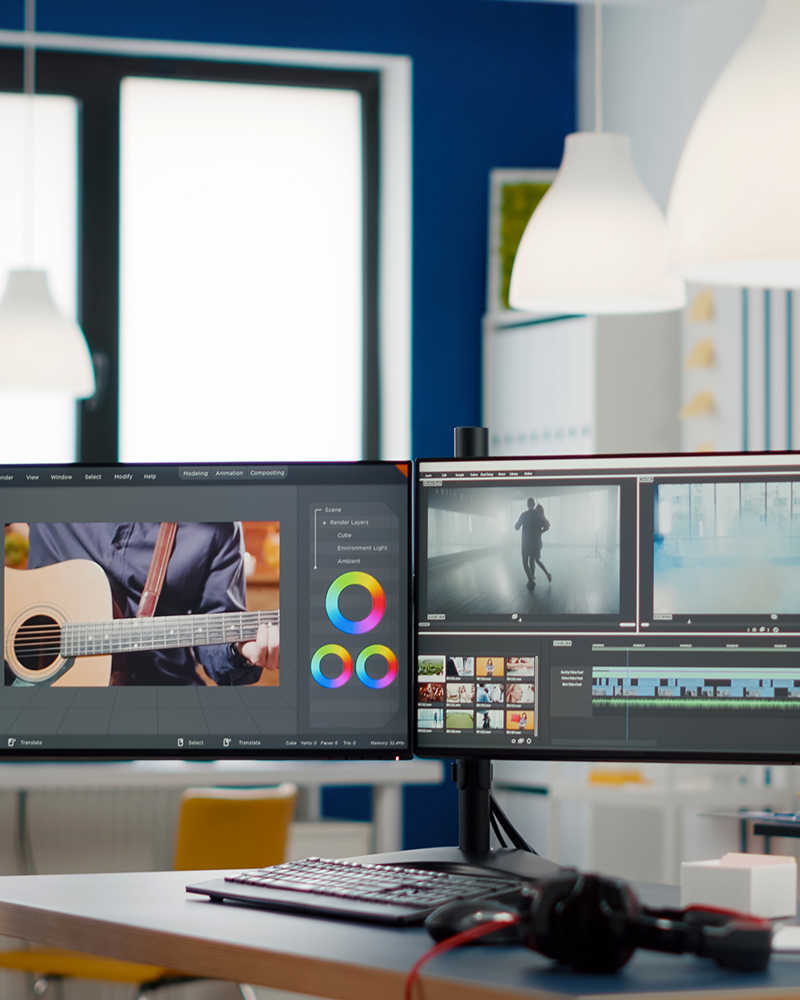Our Courses
Graphic Design
Graphic design is a craft where professionals create visual content to communicate messages. By applying visual hierarchy and page layout techniques, designers use typography and pictures to meet users’ specific needs and focus on the logic of displaying elements in interactive designs to optimize the user experience.Today, the graphic design industry spans many different disciplines and specializations. It's an exciting field that’s perpetually evolving, but its adaptive nature can make it a little confusing for a newcomer to understand exactly what graphic design is and what types of work professionals do.
If you’re looking for a guide to graphic design , you’re in the right place. Read on to find out courses what graphic design is, see some examples, and learn about different design jobs.
Motion Graphics
Motion graphics are pieces of animation or digital footage that create the illusion of motion or rotation, and are usually combined with audio for use in multimedia projects. Motion graphics are usually displayed via electronic media technology, but may also be displayed via manual powered technology.Motion graphics are a way to communicate with the viewer, and add depth to the story. Together with music and effective copy, they can give us a message. We use them to create ads, title sequences for movies, explainer videos, and to share information.
Motion graphics is animation, but with text as a major component. Essentially, it’s animated graphic design.
Ever since motion graphics first entered the scene, there’s been a debate about the line between them and full animation. The opening credits of Hitchcock’s Psycho is an early example of motion graphics, where the marriage of sound, motion, and graphic design come together exceptionally well.
Visual Effects - VFX
Visual effects (sometimes abbreviated VFX) is the process by which imagery is created or manipulated outside the context of a live-action shot in filmmaking and video production. The integration of live-action footage and other live-action footage or CGI elements to create realistic imagery is called VFX.Visual effects (VFX) are images that have been altered, created, or enhanced for live-action media. VFX work is often applied to footage that could not be fully captured during live-action filming due to it being costly, dangerous, impractical, or impossible to shoot. Visual effects compositing integrates live-action footage with VFX to create realistic objects, characters, and environments.
Visual effects (VFX) software is used in movies, episodic TV, video games, virtual reality (VR), and advertising to create imaginary worlds, enhance action sequences, develop characters and creatures, build environmental effects, and more.
VFX software is also heavily used in conjunction with virtual production—a technique that combines live-action shots with digital assets and environment—enabling filmmakers to be more agile and streamline their production process.
3D Animation
3D animation is the art of creating moving images in a three-dimensional digital environment. It involves crafting characters, landscapes, and objects with depth, texture, and lifelike qualities. By manipulating these elements, animators breathe life into their creations, bringing imagination into vibrant, realistic motion. 3D animation provides a greater sense of depth and scale, making it ideal for showing large landscapes, crowds, or altered realities. The use of three-dimensional models also makes it possible to create images that would be impossible or extremely difficult to generate with traditional animation techniques. This has made 3D animation tools like Cinemachine essential for filmmakers and video game developers who want to create high-quality and visually compelling scenes.
The animation industry is a rewarding yet demanding industry which is dominated by new thoughts, innovation, creativity and skilled professionals. In order to make a rewarding career and to be a part of the dynamic Animation industry, join the Animation and Filmmaking course
Video Editing
Video editing is the post-production and arrangement of video shots. To showcase perfect video editing to the public, video editors must be reasonable and ensure they have a superior understanding of film, television, and other sorts of videographyVideo editing is the process of piecing together video clips, images, and sounds to create a movie. Nowadays, this is usually done on a computer with fancy video editing programs called non-linear editors, or NLE’s. All that means is that you can view, cut, and arrange digital video in any order without the need to play through the whole thing. When movies were edited on film, editors had to chop up the film with a razor blade and attach the pieces end to end to make a movie. That’s why editing is sometimes called cutting. In fact, a lot of video editing lingo is carried over from the old film cutting days.
Video editing is also sometimes referred to as post-production. Movie making is typically split into three stages: pre-production, production, and post-production. Pre-production is the beginning phase where the script is written, the crew is established, and the shots are planned. Production involves shooting the video. Finally, post-production is where video editing, sound editing, and special effects happen.
Photography
Photography is the art, application, and practice of creating images by recording light, either electronically by means of an image sensor, or chemically by means of a light-sensitive material such as photographic film. It is employed in many fields of science, manufacturing , The photograph is evident in nearly every aspect of modern life. As a form of communication and documentation, photographs are present in newspapers, magazines, advertisements, posters, television, the Internet, passports, ID cards, archives, security and Surveillance Systems, forensics and medicine. Photography also plays an important role in domestic and recreational activities. Most photographs produced today take the form of Snapshots documenting activities such as holidays and celebrations. With the prevalence of digital cameras and mobile phone cameras, these activities are also documented for display on photo-sharing websites and photo-based Social Networking Sites. Despite the prevalence of photography in many aspects of modern life, only a small minority of photographs are considered to be art and tend to be displayed in museums and galleries in formats similar to painting.





